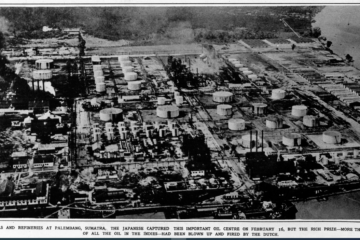Republished with permission. Chapter 17 of the book: A Touch of Dutch. For the full pdf of the book click here.
Annie and Peter Rijs, founders of Patties Foods
Dutch migrants Annie and Peter Rijs founded Australian food company Patties Foods. Anna Maria (Annie) Rijs, née Vogels, was born in Haarlem on 15 August 1921. She was the youngest of three children, with older Read more

